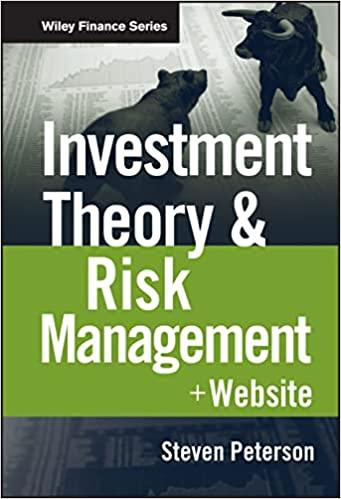Question
Determine the maximum contribution that can be made to a Keogh plan in each of the following cases. In all instances, the individual is self-employed,
Determine the maximum contribution that can be made to a Keogh plan in each of the following cases. In all instances, the individual is self-employed, and the self-employment tax reduction has already been taken. Self-employment income of $51,000. Self-employment income of $51,000 and wage income of $32,500. Self-employment income of $130,000. Self-employment income of $285,000.
a. maximum Keogh plan contribution ?
b. maximum Keogh plan contribution ?
c. maximum Keogh plan contribution ?
d. maximum Keogh plan contribution ?
In December 2016, Jeremy and Celeste, who file a joint return, paid the following amounts for their daughter, Alyssa, to attend the University of Colorado, during academic year 2016-2017. Alyssa was in her first year of college and attended full-time: Tuition and fees (for fall semester 2016) $2,450 Tuition and fees (for spring semester 2017) 1,315 Books 1,600 Room and board 1,800 The spring semester at University of Colorado begins in January. In addition to the above, Alyssas uncle Devin sent $300 as payment for her tuition directly to the University. Jeremy and Celeste have modified AGI of $173,000. What is the amount of qualifying expenses for purposes of the American Opportunity Tax credit (AOTC) in tax year 2016? What is the amount of the AOTC that Jeremy and Celeste can claim based on their AGI? (Do not round your intermediate computations.) Tuition and fees (for fall semester 2016) $2,450 Tuition and fees (for spring semester 2017) 1,315 Books 1,600 Room and board 1,800
AOTC Claimable = ????
Step by Step Solution
There are 3 Steps involved in it
Step: 1

Get Instant Access to Expert-Tailored Solutions
See step-by-step solutions with expert insights and AI powered tools for academic success
Step: 2

Step: 3

Ace Your Homework with AI
Get the answers you need in no time with our AI-driven, step-by-step assistance
Get Started


